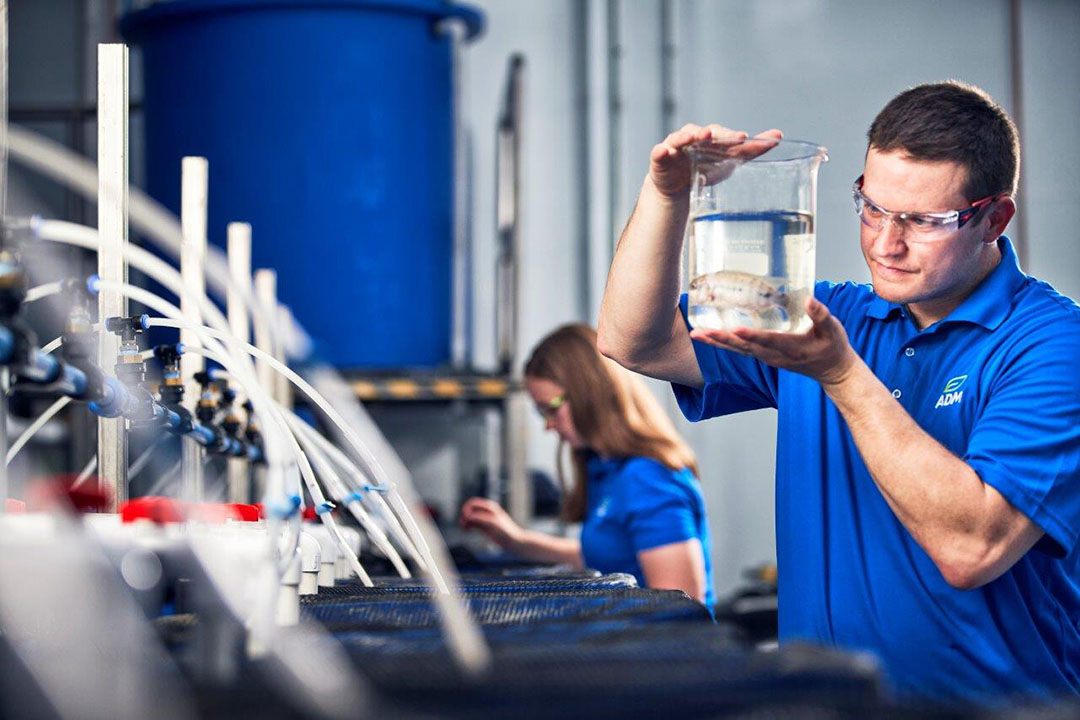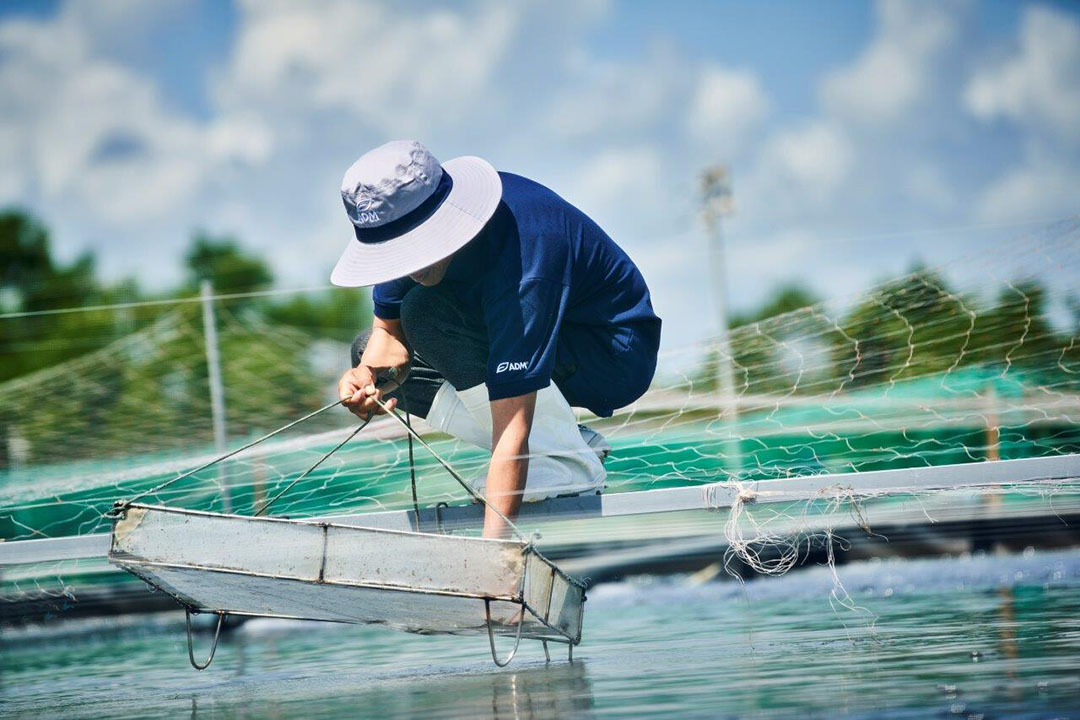ADM president: Feed additives market – 2023 and beyond

All About Feed had the chance to speak exclusively with Isamael Roig, president of animal nutrition at ADM on outlook for the 2023 additive market. Roig is based in Switzerland and has been with ADM for 15 years.
According Roig, there are 4 main dynamics will affect the 2023 additives market.
Global politics
“One factor is global politics,” he explains. “We have increased tension between large countries, mainly US-China tensions and the upheaval with Ukraine and Russia. This has caused a second factor to emerge, disruption of global value chains and a corresponding increased focus on food security.”
Food security
Roig notes that the entire global feed industry is re-evaluating which feed product categories are critical to food security and which products should be produced in-country. He notes that as it stands right now, most global production of vitamins and amino acids and fermentation-based feed ingredients are primarily produced in China.
Energy security & prices
Energy security has also come to the forefront due to rising global political upheaval. Because of this, says Roig, the cost of making feed additives and getting them to market will continue to be high going into 2023. Europe is experiencing natural gas and electricity shortages, and high electricity and energy prices are also now the norm in North America. High fuel costs are also making global transport of ingredients and finished products by sea and land more expensive. “This is challenging for the industry in terms of margins and pricing,” says Roig.

Plant-based protein food
A fourth factor is the growth of plant-based protein food products over the last few years, mostly in North America. “There are many lessons being learned about how to make plant protein foods efficiently, and if cost points come down and if it is scaled up as some expect it to scale, we may see plant protein replacing animal protein at scale in developing countries,” Roig explains. “There may be a bridge effect in this, a leap-frogging like what happened with phone technology, skipping over landlines and going right to cell phones. Also, the cost curve for making cultured meat is coming down and this may also displace livestock production.”
2022 summary
When asked the major issues for the global feed industry in 2022, Roig says that supply has not been too problematic. However, there has been a lowering of demand due to a mix of cost pressures and inflation for consumers. That is, people are eating less meat.
Demand for feed ingredients has also been lowered by the decreased production of pigs and poultry due to African swine fever and avian influenza outbreaks in various parts of the world over the last few years. However, Roig says aquaculture has been growing and that will continue to occur.
There have been supply chain disruptions for some specific ingredients, but Roig notes that some categories like amino acids have benefited from these disruptions. That is, because of tensions with China, amino acid firms based in other countries have stepped in to fill market needs.
Looking forward to 2023 – 4 major levers
“When I look at 2023 and beyond, I think the industry will have to keep a close watch on 4 major levers,” says Roig.
Industry structure
“One is whether the industry structure and competitive environment is sustainable. We have seen much consolidation in Europe and China and other parts of the developed world in the compound feed industry (commercial feed) but in the ingredients and pre-mix sector as well. How these industries will scale themselves in this tough environment remains to be seen.”
Conversion efficiency
The industry must also keep watch on the importance of conversion efficiency. Roig explains that a great deal of progress has been made with increased feed efficiency in developed countries but there is also a lot of opportunity there for further progress. “If you can get it higher in poultry and aquaculture, the more animal protein will become viable compared to plant-based protein and/or cultured meat,” he says.
Consumer demands
The feed and livestock industries must also stay aware of the consumer desire for health and wellness – including a desire for less or no antibiotics in livestock production, especially those used for disease prevention and higher production efficiencies. More care must be taken to address livestock health, says Roig, and reduce early-stage mortality.
Therefore, Roig foresees health and welfare product categories will see stronger demand – both those that prevent disease like mycotoxin binders and probiotics, particularly in early-stage production, and botanical products that improve digestion, reduce inflammation and increase feed uptake.
One example from ADM is their AquaTrax product, based on published peer-reviewed research on Pichia guilliermondii, a novel yeast with demonstrated positive effects on shrimp immune function. Among other findings, multiple in vivo challenge tests involving various pathogens show approximately 80% higher survival rates in shrimp fed P. guilliermondii compared to the control.
Sustainability
“Sustainability is also an issue the industry must leverage,” notes Roig. “People want the least climate impact and water use possible in meat, milk and egg production. Mechanisms to mitigate greenhouse gas emissions in the whole life cycle of the animal are needed. The use of seaweed additives in the diet of ruminants to virtually eliminate methane has been a huge step forward. About a fifth of the world’s carbon emissions are from agriculture and most of that is from ruminants. It will continue to be important for livestock farming to prove that it is reducing emissions.”
On the ingredient availability side, Roig says shipping rates have calmed down, and production of amino acids and vitamins has resulted outside of China. “So availability concerns for ingredients are not high,” says Roig. “The costs are still high but they are on an improvement trend.”

Long term outlook
Roig predicts that over the next 5 or 10 years, growth rates in the industry will not be what has been expected. “Consolidation is part of company strategic thinking now, and the realisation that we are in a lower demand environment, as mentioned, will make the industry look at animal health, sustainability and higher conversion efficiency,” he says.
There will be growth in animal-based protein (layers and broilers) in Africa, if it is not displaced by plant-based protein, and Roig also expects growth in poultry production in Mexico.
“The other market that will perhaps grow the most is aquaculture and swine in Asia,” he says. “Those in Asian countries are not willing to move away from animal protein anytime soon.
Fish and poultry are the most efficient feed converters, so that’s where the growth will be, and they also offer good value proposition for sustainability and animal health.”
Environmental impact figures
According to a 2013 FAO study, animal agriculture accounts for 7-8 gigatonnes of CO2-eq emissions, or about 15% of the total 50 billion gigatons emitted globally.







